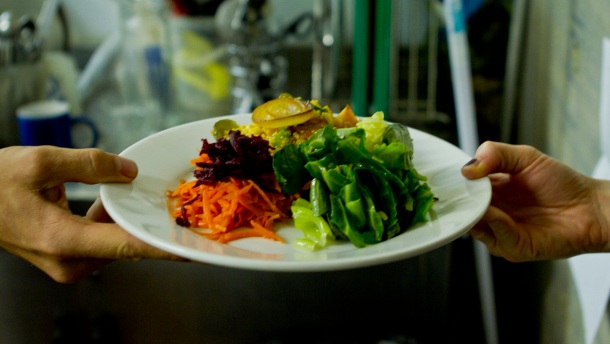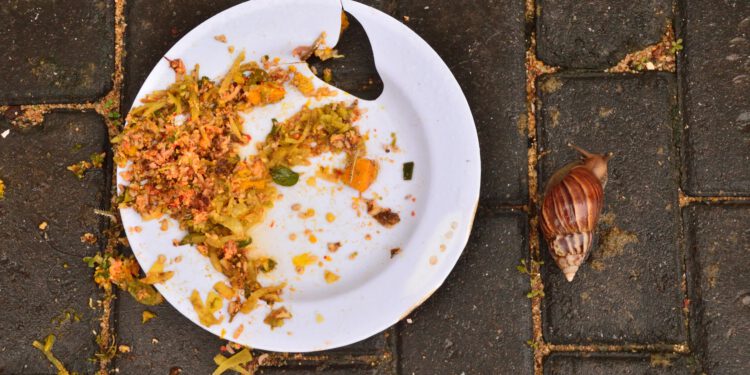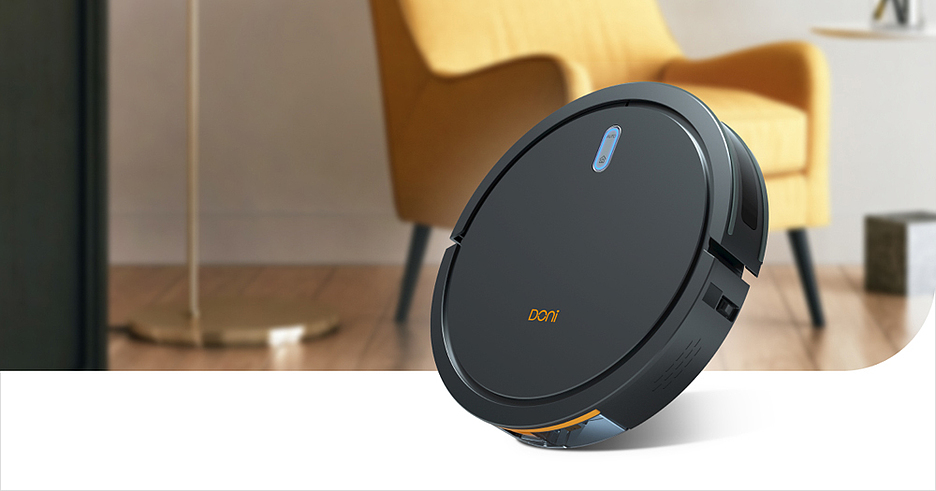With the help of AI, you can combat food waste, one of those tasks that usually don’t get much attention.
Among the many remaining tasks to preserve the environment, one of them is to combat food waste. The philosophy of those who have reflected on this question it is inspired by the classic three-r rule in recycling.
With the ‘reduce, reuse and recycle’ scheme you can also combat food waste. First of all it is about reduce consumption. We eat too much, we order too much food in restaurants, which is then left over, and we throw food at home, because it gets in bad shape.
Reuse, in the case of food, involves a redistribution of food. There are initiatives such as the application NotFoodWaste (which tries to avoid food waste in supermarkets) or the app Too Good To Go (tries that restaurants offer leftover food at a lower price) that navigate in that direction.
Finally, recycling in this case would involve a using food scraps to generate electricity. There are several projects aimed at carrying out this mission. The ultimate goal is to distribute food and reduce the impact on the environment.
In some of these tasks, artificial intelligence can serve as a complement. In India some companies use machine learning algorithms to estimate demand more accurately. This makes it possible to reduce the amount of food thrown away from supermarkets. The idea is to make it easier to calculate the stock.
An American company, Agshift, has used AI for another purpose. It’s about detecting the quality of food. Through deep learning systems, developers are able to analyze defects in a sample of meat or other products. It is a way to combat food waste as it can be refined when disposing of certain products, only when they are no longer in good condition.

Another form of artificial intelligence to fight in this field is that applied to identifying the most discarded foods. When food is thrown in restaurants can be registered in a database, through the artificial vision of cameras. This way we will learn which types of food are dispensable.
The FAO (Food and Agriculture Organization of the United Nations) has set itself the goal of halving food waste by 2030. It should be borne in mind that it is estimated that 1,300 million tons of food are spoiled annually. While food shortages remain a global and pressing problem.
It is therefore necessary to squeeze the tools at our disposal to achieve this goal by 2030. The application of artificial intelligence algorithms to combat food waste could be a welcome help within the food sector.
Images: jjay69, Brixtonpeople’skitchen









